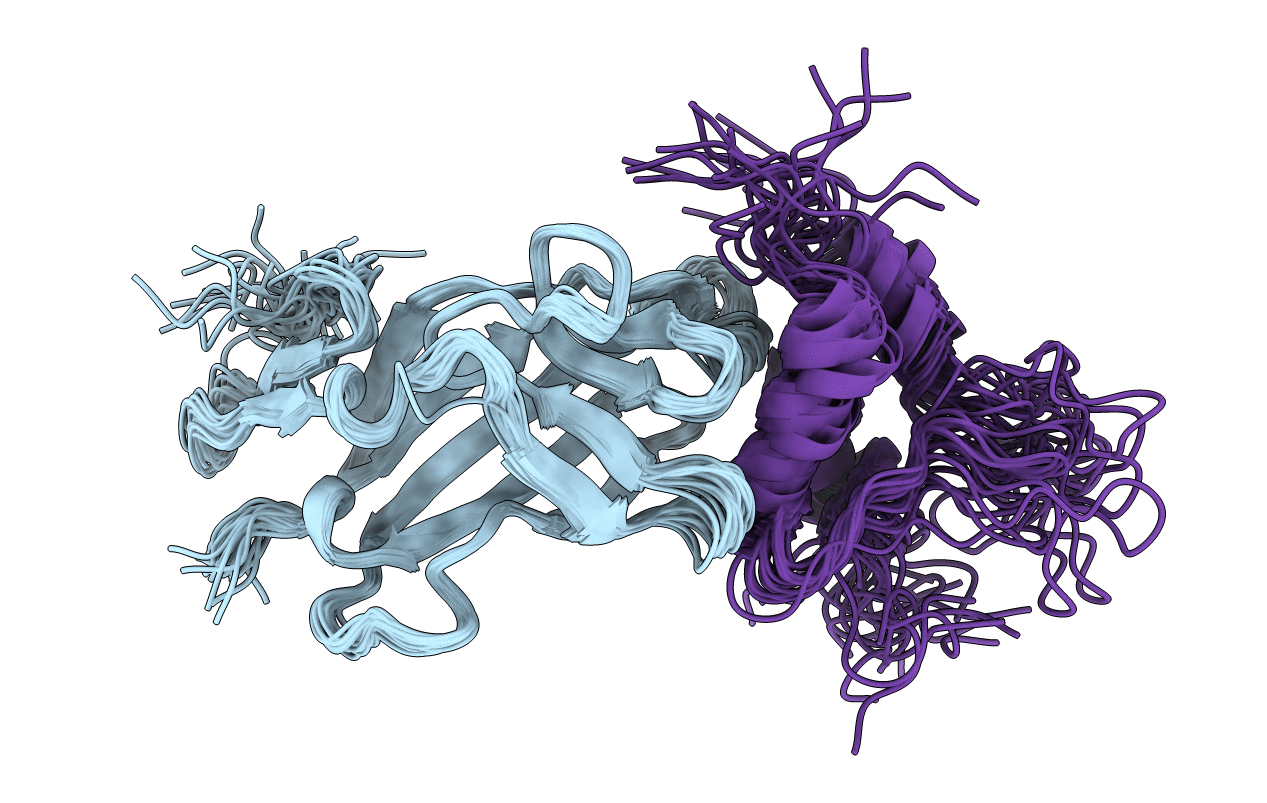
Deposition Date
2010-08-13
Release Date
2012-02-15
Last Version Date
2024-10-30
Entry Detail
PDB ID:
2L29
Keywords:
Title:
Complex structure of E4 mutant human IGF2R domain 11 bound to IGF-II
Biological Source:
Source Organism:
Homo sapiens (Taxon ID: 9606)
Host Organism:
Method Details:
Experimental Method:
Conformers Calculated:
200
Conformers Submitted:
20
Selection Criteria:
structures with the lowest energy


